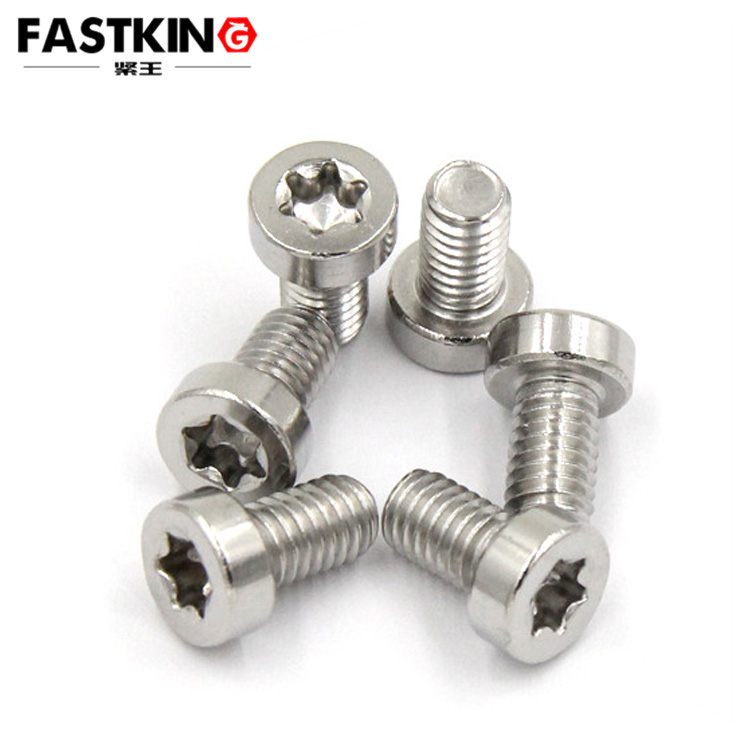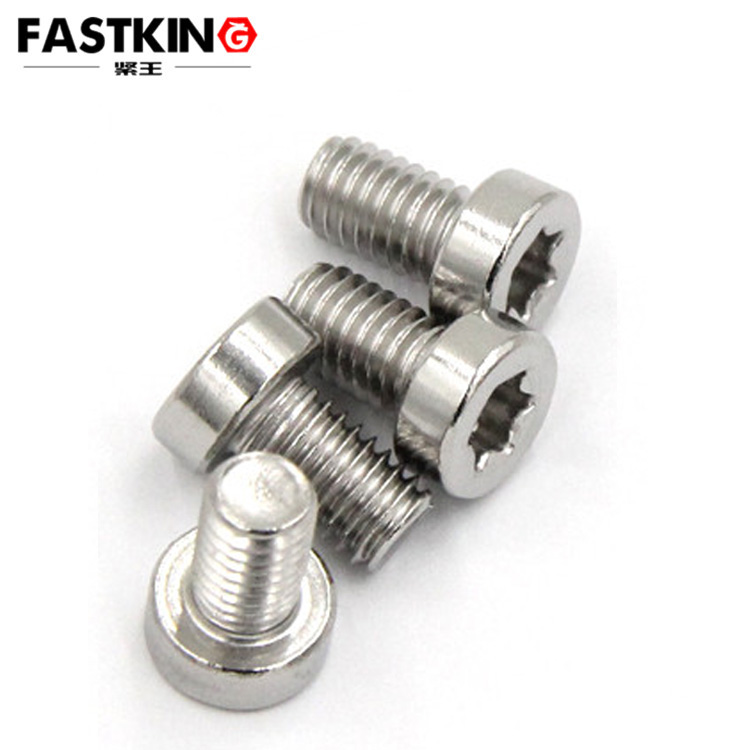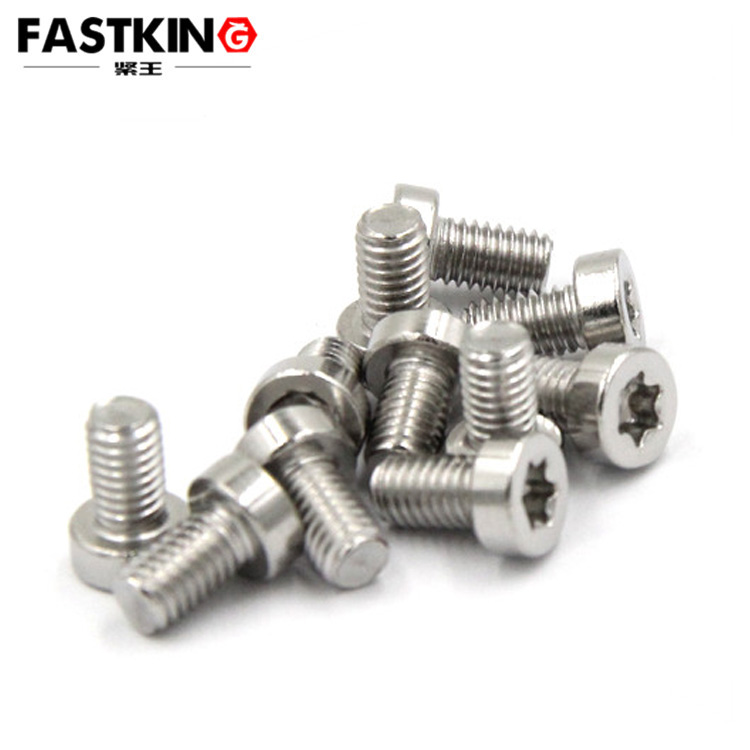Introduction
Thin cylinder head hexalobular socket screws are a common type of mechanical fastener widely used in various mechanical equipment. Their unique design and superior performance make them stand out in fastening and connecting applications. This article provides a detailed overview of the use and application of thin cylinder head hexalobular socket screws to help readers better understand and apply this important mechanical component.

Basic Structure of Thin Cylinder Head Hexalobular Socket Screws
As the name suggests, thin cylinder head hexalobular socket screws feature a thin cylindrical head with a hexalobular (six-pointed star) socket. This design not only enhances the aesthetic appeal but, more importantly, improves the stability and fastening strength of the connection. The hexalobular socket typically has six or twelve lobes, which can be matched with corresponding hexalobular wrenches or screwdrivers for efficient fastening and disassembly.
Applications of Thin Cylinder Head Hexalobular Socket Screws
1. Mechanical Equipment
Thin cylinder head hexalobular socket screws are extensively used in various mechanical devices, including automobiles, motorcycles, bicycles, and household appliances. In these applications, they are commonly employed to connect and secure various components, ensuring the proper functioning of the equipment.
2. Electronic Devices
In the electronics industry, thin cylinder head hexalobular socket screws play a crucial role. For instance, in the internal structures of smartphones, computers, and tablets, these screws are often used to fix circuit boards, batteries, and other key components.
3. Furniture Manufacturing
In the furniture industry, these screws are frequently used to connect and secure different parts of furniture, such as tables, chairs, and cabinets. Their excellent fastening performance ensures the stability and durability of the furniture.
4. Construction Engineering
Thin cylinder head hexalobular socket screws also find their place in construction engineering. For example, in the connection and fixation of steel structures, they provide reliable fastening strength, ensuring the safety and stability of the building structure.

How to Use Thin Cylinder Head Hexalobular Socket Screws
1. Selecting the Right Tool
When using thin cylinder head hexalobular socket screws, it is essential to choose the appropriate tool. Typically, hexalobular wrenches or screwdrivers are the most commonly used tools. When selecting a tool, ensure that its size matches the socket size of the screw to achieve optimal fastening results.
2. Cleaning the Connection Area
Before fastening, ensure that the connection area is clean. Any dust, grease, or debris can affect the fastening effectiveness and may even lead to an insecure connection. Therefore, thoroughly clean the connection area before use to ensure it is free from contaminants.
3. Aligning the Socket
Align the head of the hexalobular wrench or screwdriver with the socket of the thin cylinder head hexalobular socket screw, ensuring a perfect fit. Misalignment can cause the tool to slip or damage the screw's socket.
4. Applying the Right Amount of Force
During the fastening process, apply the appropriate amount of force. Excessive force can damage the screw, while insufficient force may result in an insecure connection. Therefore, apply the right amount of force based on the specific situation to ensure a secure fastening.
5. Regular Inspection and Maintenance
Regular inspection and maintenance are crucial when using thin cylinder head hexalobular socket screws. During inspection, check for any signs of loosening, damage, or corrosion. If any issues are detected, replace or repair the screws promptly to ensure the stability and safety of the connection.

Advantages of Thin Cylinder Head Hexalobular Socket Screws
1. High Fastening Strength
The design of thin cylinder head hexalobular socket screws provides high fastening strength, effectively preventing the loosening and detachment of connected parts.
2. Ease of Operation
The use of thin cylinder head hexalobular socket screws is straightforward. With the right hexalobular wrench or screwdriver, fastening and disassembly can be easily accomplished.
3. Aesthetic and Practical Design
The appearance of thin cylinder head hexalobular socket screws is aesthetically pleasing, enhancing the visual appeal of mechanical equipment while also improving functionality.
4. Durability
Made from high-quality materials, thin cylinder head hexalobular socket screws are highly durable and can maintain stable fastening effects over the long term.
Conclusion
Thin cylinder head hexalobular socket screws are an important type of mechanical fastener, widely used in mechanical equipment, electronic devices, furniture manufacturing, and construction engineering. Their unique design and superior performance make them excel in fastening and connecting applications. By selecting the right tools, cleaning the connection area, aligning the socket, applying the appropriate force, and conducting regular inspections and maintenance, users can ensure optimal performance and longevity of these screws. As industrial technology continues to advance, the application scope of thin cylinder head hexalobular socket screws is expected to expand further, enhancing work efficiency and safety.
